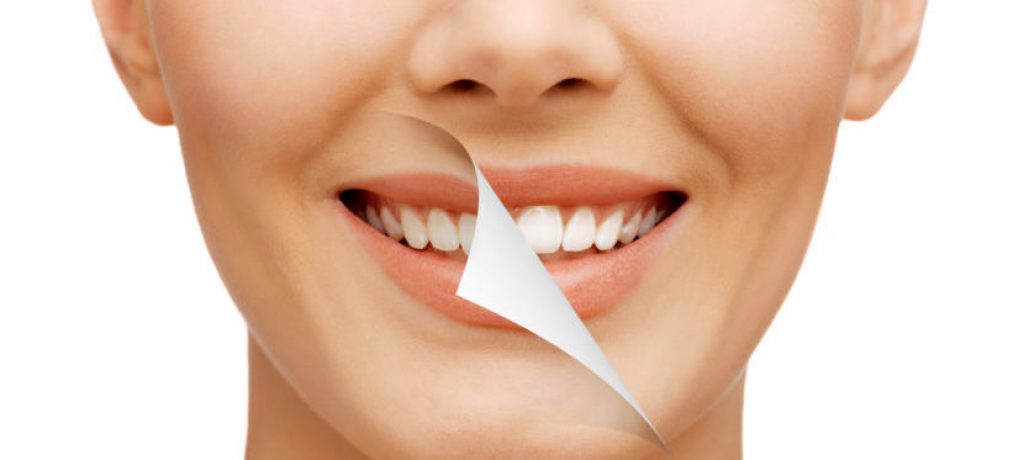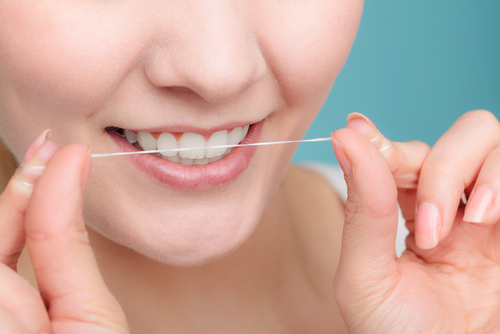Resource Library
Start Reading

Christian Grey may have a beautiful set of pearly whites, but we’re not talking about those 50 Shades! …We’re talking about the various shades of discoloration you may experience, and how whitening your teeth can help make your smile a little brighter!
Before we discuss how we can whiten teeth, let’s look at why our teeth can have so many shades of color.
While you might not have exactly 50 different shades of tooth discoloration, you might have a few, and there are reasons for that. Certain colors can be an indication of underlying issues or the kinds of food we consume.
 Food and Beverages – The discoloration of your teeth can be caused by dark foods or beverages you consume on a regular basis. Food and beverages such as red wine, coffee, blueberries, soda, and tea can cause various shades of staining from yellow to brown to a burnt orange color. With this type of dinginess and discoloration, you can whiten your teeth with the help of a cosmetic dentist.
Food and Beverages – The discoloration of your teeth can be caused by dark foods or beverages you consume on a regular basis. Food and beverages such as red wine, coffee, blueberries, soda, and tea can cause various shades of staining from yellow to brown to a burnt orange color. With this type of dinginess and discoloration, you can whiten your teeth with the help of a cosmetic dentist.According to Dentistry Today, when antibiotics and fluoride are used in excess, they can bind to the enamel and dentin, making teeth whitening difficult though not impossible. If you experience these types of discoloration, then it’s best to have whitening treatments performed by a cosmetic dentist. You can choose in-office whitening treatments that require at least 2 visits, and then use of in-home whitening trays. To better understand how these issues can affect your teeth and the use of whitening treatments, it’s best to discuss that in detail with your cosmetic dentist.
Aging, genetics, and consumption of dark foods and beverages can easily be treated with whitening treatments. You have over-the counter teeth whitening products that can take months to show results, or you can choose between in-office whitening treatments or take-home whitening treatments from your dentist.
In-office treatments produce faster results than the over-the-counter teeth whitening products, and provide you with teeth whitening trays to take home for your personal maintenance. While some choose in-office treatments, take home whitening trays are easier for others. First, you have to have your dentist make a mold of your teeth, and once the molds have been made, you’ll be sent home with your trays and whitening treatment.
It’s time for a shade of white to brighten your smile. Contact Penn Dental today to make an appointment!